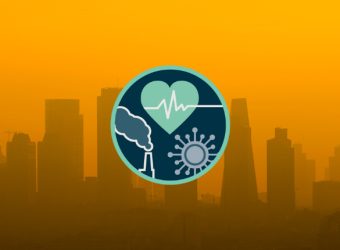The European Space Agency’s (ESA) Global Development Assistance (GDA) programme underscored the pivotal role of Earth Observation (EO) data in Public Health by launching an Invitation to Tender (ITT) focused on this critical area in late 2023. This initiative marks ESA’s first foray into integrating Public Health within its collaboration with International Financial Institutions (IFIs), a topic previously unexplored in the EO for Sustainable Development initiative. In support of this effort, Caribou Space, as part of the GDA’s Monitoring & Evaluation and Impact Assessment (GDA M&E) activity, has released a comprehensive Topical Overview on this subject.
The involvement of IFIs in public health
Public health is facing significant challenges, including tightening budgetary constraints, socio-demographic trends revealing alarming patterns, and climate-related issues. These factors contribute to an increasing burden of non-communicable diseases worldwide and greater exposure to climate-related stressors. This situation is further exacerbated by constrained health spending and under-developed health facilities.
IFIs play a pivotal role in supporting vulnerable communities and addressing these challenges. The World Bank (WB), for example, manages a health portfolio worth $34 billion and from April 2020 to March 2021, and committed over $200 billion for pandemic response. The Asian Development Bank (ADB) is another key player, striving to enhance healthcare across Asia through its Strategy 2030, which tackles urbanisation, climate change, demographic shifts, and digitalisation of health processes.
Together, these institutions are crucial in shaping health outcomes globally and in developing public health infrastructure that can withstand economic shocks and climate change, while striving for equitable access to healthcare services.
EO plays a pivotal role in enhancing public health
EO holds vast potential in tackling key public health challenges worldwide. It offers critical support in strengthening health systems, managing disease outbreaks, and addressing the challenges of extreme weather events and air quality. For instance, EO enhances situational awareness during health emergencies, providing real-time data crucial for effective response and recovery.

Additionally, by tracking climatic and environmental conditions, EO helps in the surveillance, prevention, and control of infectious diseases. It supports the development of early warning systems and risk maps for diseases like malaria and dengue, facilitating timely and targeted interventions.
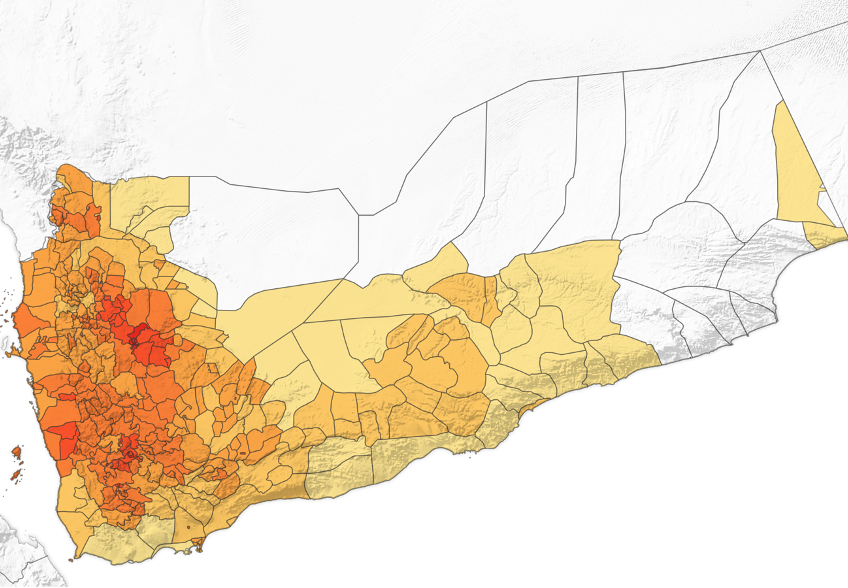
Furthermore, EO data aids in understanding and mitigating the health risks associated with poor air quality by providing comprehensive data on air pollutants. Europe’s most serious pollutants, in terms of harm to human health, are particulate matter (PM), NO2 and ground-level ozone (O3). Together they are responsible for an estimated 389,000 premature deaths per year for a total of 41 European countries.
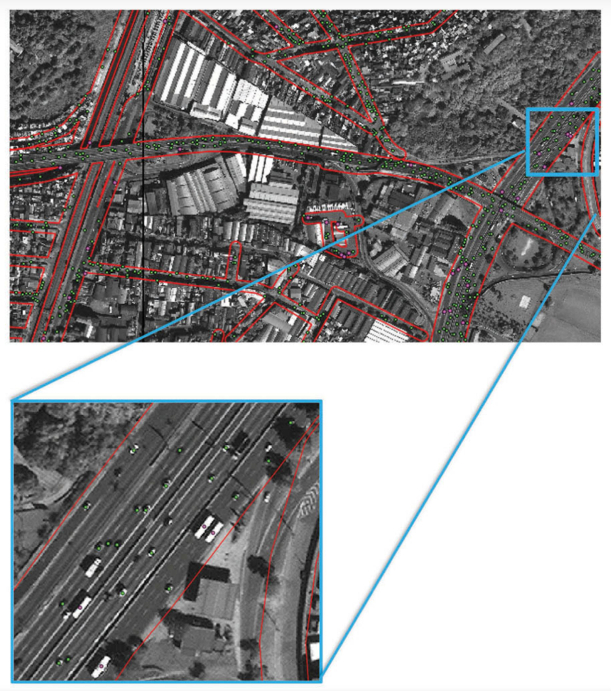
The WB’s collaboration with the Egyptian Ministry of Environment leveraged high-resolution satellite imagery to evaluate the impact of vehicle density on air pollution in the Greater Cairo area. The study revealed that enhancements in public transportation and strategic fuel pricing effectively reduced vehicle use and improved air quality. The findings present a compelling case and offer a robust model for how EO can guide and validate urban planning and policy decisions aimed at controlling pollution.
Our Topical Overview provides several other examples of how EO data can be leveraged to enhance public health activities across five use case areas:
- Geo-enabled microplanning
- Situational awareness in anticipation of and during recovery from health emergencies
- Monitoring climatic conditions to improve surveillance, prevention, and control of infectious diseases
- Modelling/surveillance of air temperature to estimate the impact on people living in cities
- Estimating health-related risks from air quality
ESA is unlocking the power of EO to enhance public health outcomes
ESA has significantly expanded its EO activities for public health, driven in part by a surge in demand for precise environmental data during the COVID-19 pandemic. ESA’s Climate Action, Sustainability, and Science Department is at the forefront, developing a range of EO products from conceptual to operational stages:
- ESA’s Φ-lab: a hub for innovation, using EO data and cutting-edge technologies like AI and ML to drive public health improvements, evidenced by its award-winning dengue fever forecasting project in partnership with UNICEF.
- ESA Climate Office: explores the interplay between health and climate change, using EO to forecast health risks like cholera in coastal India.
- eo4society: explores the “untapped potential of Earth Observation for the health sector” with projects like the West Nile Virus study that uses EO to understand environmental factors influencing mosquito populations.
- Destination Earth: in collaboration with other major European bodies, aims to create a highly accurate digital model of Earth, which will help simulate natural phenomena and hazards, providing crucial data for health-related decision-making.
- Rapid Action for Citizens with Earth Observation (RACE): a dashboard that offers comprehensive access to EO data on themes like health and air quality, proving essential during the pandemic.
- ESA GDA AID Public Health: this initiative is breaking new ground in using EO for public health within IFI development operations, focusing on creating agile solutions for pressing health issues like infrastructure vulnerability and nutrition insecurity, marking a significant step in applying EO data to enhance global health outcomes.
- EO4HEALTH RESILIENCE: under this contract, ESA is developing an EO virtual platform containing Public Health relevant data (e.g. epidemiological data sets, environmental data, socio-economic data, etc..) and two main applications that address waterborne infectious diseases and vector-borne infectious diseases, respectively in blue and green areas.
Unlocking the power of EO data for public health through coordination
The effective use of EO can play an important role in understanding the transboundary nature of illnesses and assessing the environmental factors that exacerbate health conditions. The COVID-19 pandemic has notably accelerated the sharing of EO data across institutions and borders, enhancing public health responses to pandemics and environmental crises. This global collaboration is facilitated by several key organisations and initiatives dedicated to fostering data sharing and cooperation in the use of EO for health, such as the Group on Earth Observations (GEO) and the United Nations Economic and Social Commission for Asia and the Pacific (UNESCAP).
However, several barriers hinder the broader adoption of EO data in public health. These include limited access to high-quality data, difficulties in data selection, and a lack of awareness of the vast potential of EO for Public Health among health workers. Moreover, political hesitancy and a lack of actionable commitment often impede the full integration of EO insights into public health decision-making processes.
Addressing these challenges requires not only enhancing access to and training in EO, but also increasing political engagement to ensure that EO data can be effectively integrated into public health strategies. By overcoming these barriers, EO data can be leveraged more effectively to mitigate health risks and enhance global health outcomes.
The full Topical Overview is available here. Please contact gda@esa.int with any questions.



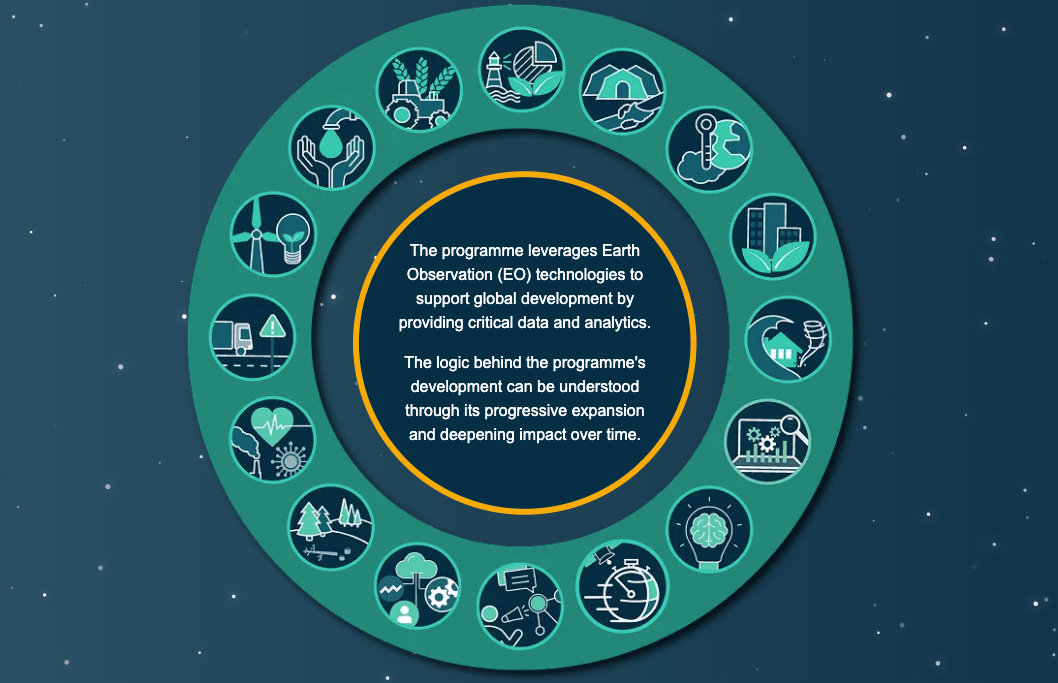



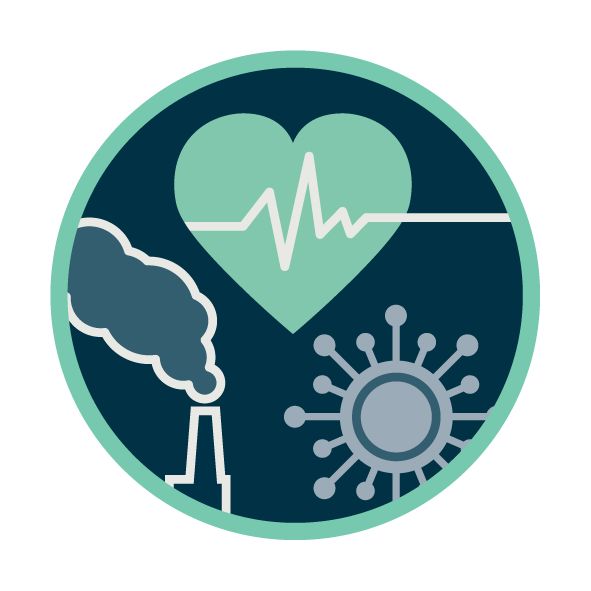

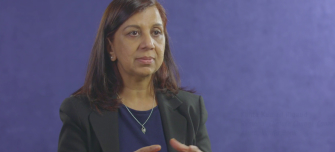






![[Video] Leveraging Development Finance – Procurement Insights](https://gda.esa.int/wp-content/uploads/2022/12/ME-webinar-WB-340x250.jpg)
